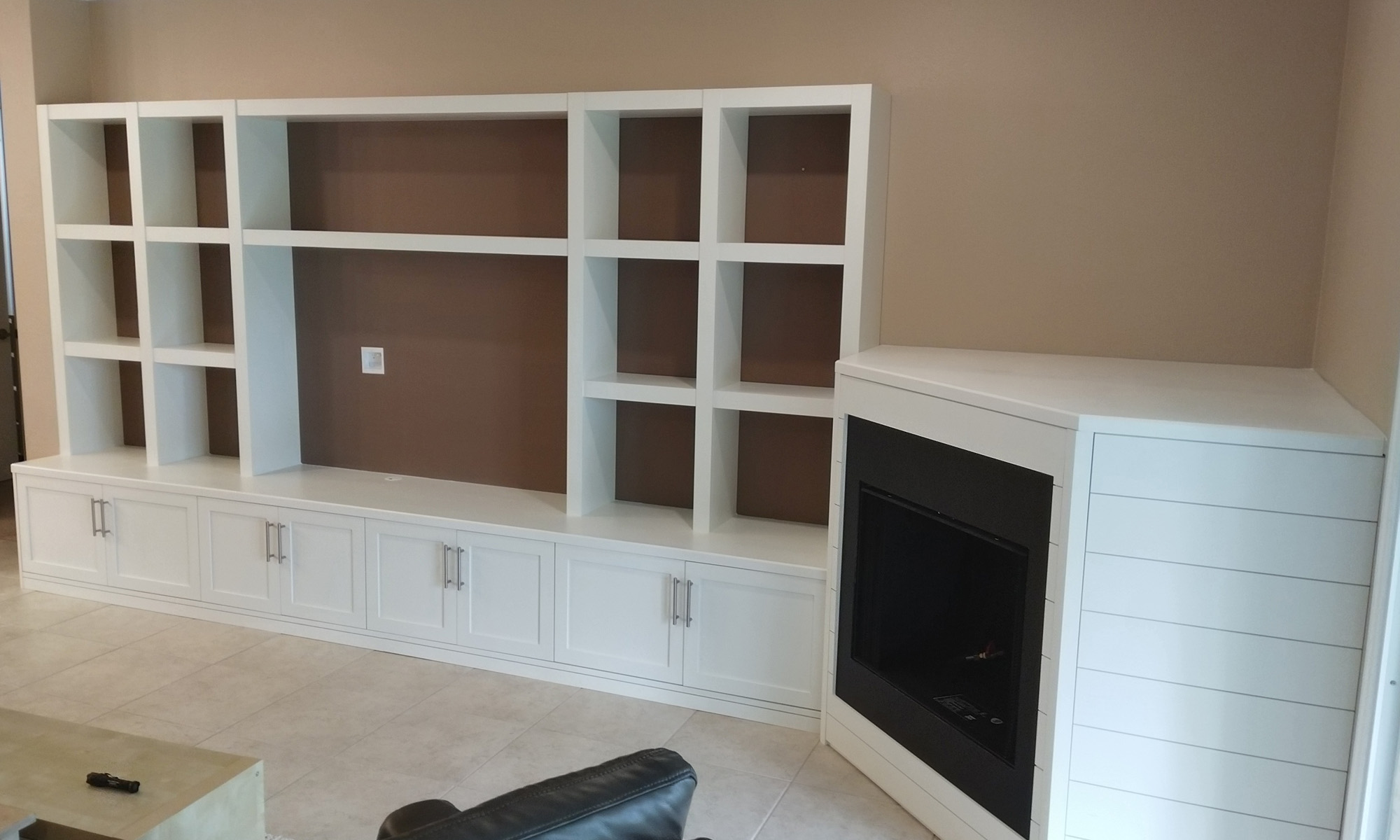A couple of months ago a demonstration at my woodturning club prompted me to start experimenting with dyes. Dyeing and coloring is one of those subjects that can be pretty intimidating. There are so many colors out there where do you start? Well, my first step was to buy myself a color wheel. I also spent some time researching what type of dyes to start with and eventually settle on TransTint Dyes. The next step was to decide which colors to buy. After looking at the number of colors available and the cost of the dyes, I decided that I would just buy the primary colors and black. I figured that with those colors I could mix any other color that I might want.
With that decision behind me I placed my order for a bottle of red, blue, green and black dyes. While waiting for the package to arrive I took a trip to Harbor Freight and got some 8oz squeeze bottles. I also went to Walgreens and got a small syringe for accurately measuring the dyes. If ever you want to feel like a crack addict, going to the drug store and asking for a small syringe will do that for you. Although they very kindly didn’t charge me for it, the kid at the pharmacy looked me over twice and also asked to see my drivers licensee before giving me the syringe!
The package of dyes arrived and, feeling like a mad chemist, I opened it up ready to start mixing. Well, who knew that green is not a primary color!!! I guess if I’d taken the time to really look at the color wheel I brought I might have know. Apparently the laws of physics/chemistry weren’t going to be changed just because I had brought the wrong color dye, so a trip to my local Woodcraft and I had a bottle of yellow dye to add to my collection. (“My local Woodcraft” is a relative term here involving a three hour return trip).
My plan was to mix up a “master” bottle of the three primary colors, red, yellow and blue, and then use those to mix up “master” bottles of the secondary colors, orange, green and violet. From these six colors, along with the black, I figured I could mix up any other color I wanted on a “as needed” basis.
TranTint dyes can be mixed with water or alcohol. They can also be added to common finishes including shellac, water based lacquer and polyurethane and most oil based finishes. I chose to mix the dye with a 50/50 solution of denatured alcohol and lacquer thinners. This would have the advantage of not raising the grain of the workpiece. The one disadvantage of doing this is that the solution dries very quickly after application. As you only get an idea of what the final color will look like when the dye is first applied and wet this does not allow for much time to see if the color is to your liking.
The dyes need to mixed in the following proportion, 1 oz of dye to 1 quart of water or alcohol. If you’re not interested in doing the math, this came to 7.5 ml of dye to be added to my 8 oz solution of alcohol and lacquer thinners.




